As frigid, record-low temperatures have recently plagued Saint Louis University’s North campus, one film nominated for the Best International Feature Film at the 96th Academy Awards emerges as a powerful lens into the human psyche and the unsettling instincts of survival, putting those struggles in an entirely new perspective.
“Society of the Snow,” directed by Spanish director J.A. Bayona, recounts one of the most brutal, improbable survival stories ever told. Based on Pablo Vierci’s 2008 book of the same name, the film revolves around the 1972 Andes Flight Disaster, in which a plane carrying 45 passengers, primarily an amateur Uruguayan rugby team, crashed and left them stranded in the mountains. Left for dead, 16 members of the “Old Christians” team remarkably survived the tragedy, enduring 72 days in the Andes’ bitter conditions and resorting to unthinkable measures, as depicted in the film, to stay alive.
Released in the United States on Dec. 22, 2023, the rated-R film began streaming on Netflix on Jan. 4, 2024, with an overwhelmingly positive reception; the survival-thriller received reviews of 91% and 85% on Rotten Tomatoes, respectively. In addition, the film looks to remain as accurate to the original story as possible, particularly by using all the actual names of the passengers and by implementing a cast of primarily Uruguayan and Argentine actors. With a screenplay composed fully in Spanish, the film earned nominations at the 96th Academy Awards for Best International Feature Film—representing Spain—as well as Best Makeup and Hairstyling.
In the Netflix documentary film “SOTS: Who Were We on the Mountain?,” survivor of the crash Fernando Parrado recounted just how tragic their experience was.
“This was such a terrible tragedy…Imagine losing your mother, sister and best friend on the same day and having to bury them with your own hands,” Parrado spoke on the film’s importance to those who lost their lives,“The film gives a voice to those who didn’t make it… It was an emotional period, and it’s much more than just a movie,” Parrado said. Survivor Carlos Páez Rodríguez spoke about the rawness and weight of the survivors’ story portrayed in the film. “I only said to him [Director J.A. Bayona], ‘Feel free to do whatever you want [with the movie], but know my life’s at the heart of this [story].’”
The period piece utilizes striking visuals, a potent soundtrack and a moving use of light and sound to convey its more complex, overarching messages. Despite gripping imagery and ample moving shots, the film’s budget sat reasonably at around $65 million.
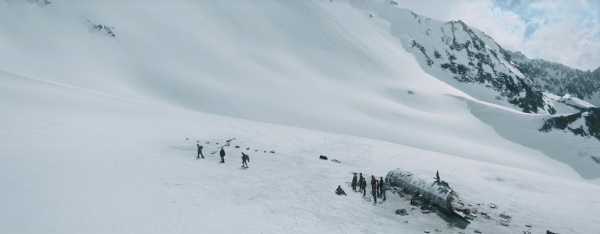
Perhaps the most disturbing and controversial aspect of the story is how the men relied on cannibalism, or eating the flesh of their fallen counterparts, to stay alive. As shown in the heavily Westernized version of the same story, “Alive” (1993), “Society of the Snow” does not shy away from the devastating and consensual nature of having to resort to eating the bodies of those they buried: friends, partners and strangers, alike. A particularly haunting scene occurs around the 44-minute mark, in which several of the surviving members, sitting in the freezing plane in which they take shelter, give the others their consent to “feed” on their bodies if they do not make it.
SLU Film & Media Studies Coordinator Alex Rafi remarked on the movie’s ability to showcase the characters and experiences of the men.
“One of the film’s great strengths is its realism – not just in portraying the crash and its aftermath, but in breathing life into the young men, many of whom do not survive,” Rafi said. “The film, while not huge in budget, presents a deep insight into the youth of the young men who were thrown into this life and death situation and the real trauma and survivor’s guilt that who were rescued experience,” Rafi said. “Overall, the film is powerful in its dramatization – particularly in showing how young men mature in the face of an unyielding nature.”
The film also tackles several complex themes and motifs that are inherently intertwined with the real-life story. On a physical level, the film shows the drastic toll the conditions take on the characters, particularly with their respective weights and appearances. Upon their ultimate return home as hailed heroes, they are unrecognizable, making people question for the first time: who were those men on the mountain? On a more illustrative level, the film’s technical use of symbols – such as light and noise, and instances of foreshadowing – convey distinct themes of faith, man’s will to survive in improbable conditions and survivor’s guilt. Particularly with the latter, the return home proved to be nearly more insufferable than the mountain itself, forcing the characters to confront why they were chosen to survive the impossible.
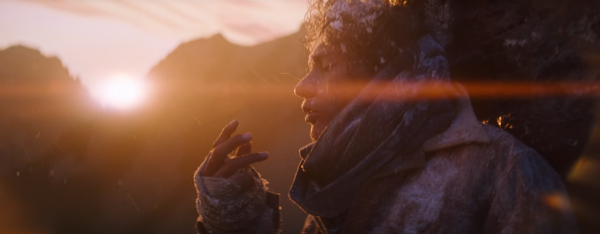 Finally, the true differentiator between this film and previous retellings of the same story is how it provides a voice to those who did not survive the tragedy. 25-year-old Numa Turcatti, played brilliantly by Enzo Vogrincic, narrates the film and serves as a leader of the tribe for much of the film. Consequently, his death near the end of the film serves as a massive shock for viewers as he leaves his fellow comrades a note with a tear-jerking yet encouraging message: “There is no greater love than to give one’s life for friends.” Numa’s death, as painful, gut-wrenching and bone-chilling as it was to watch, shows those who did not make it from an entirely new yet respectful perspective.
Finally, the true differentiator between this film and previous retellings of the same story is how it provides a voice to those who did not survive the tragedy. 25-year-old Numa Turcatti, played brilliantly by Enzo Vogrincic, narrates the film and serves as a leader of the tribe for much of the film. Consequently, his death near the end of the film serves as a massive shock for viewers as he leaves his fellow comrades a note with a tear-jerking yet encouraging message: “There is no greater love than to give one’s life for friends.” Numa’s death, as painful, gut-wrenching and bone-chilling as it was to watch, shows those who did not make it from an entirely new yet respectful perspective.
In the movie’s final scene, viewers see Numa’s words continuing to be heard from beyond the grave as the now-healthy survivors recover in a hospital. It is a shot seemingly reminiscent of Leonardo da Vinci’s “Last Supper” painting. Overall, the finale serves as the cherry on top of, perhaps, Bayona’s magnum opus, a masterpiece that seems undoubtedly Oscar-bound.
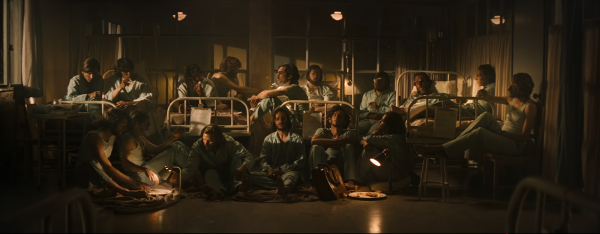



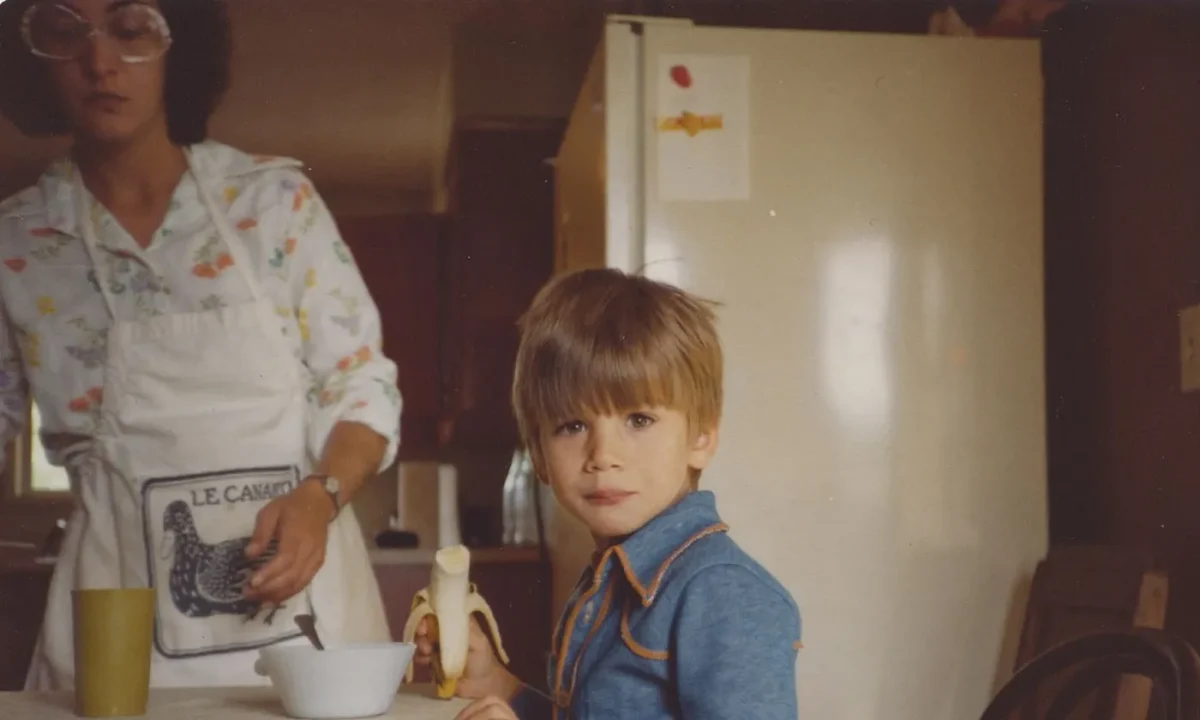



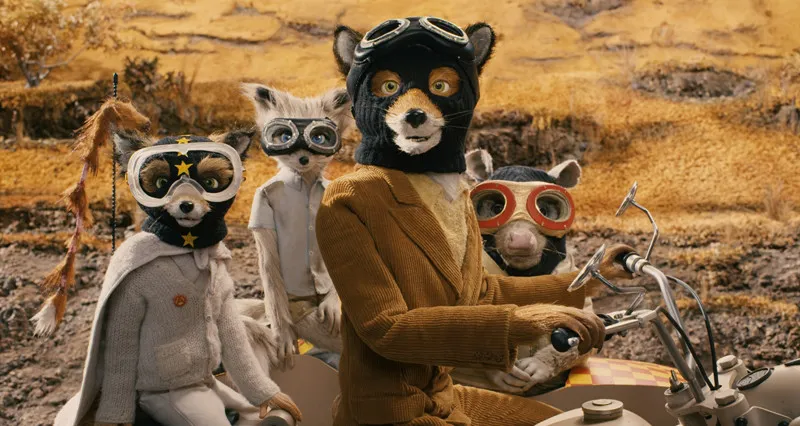



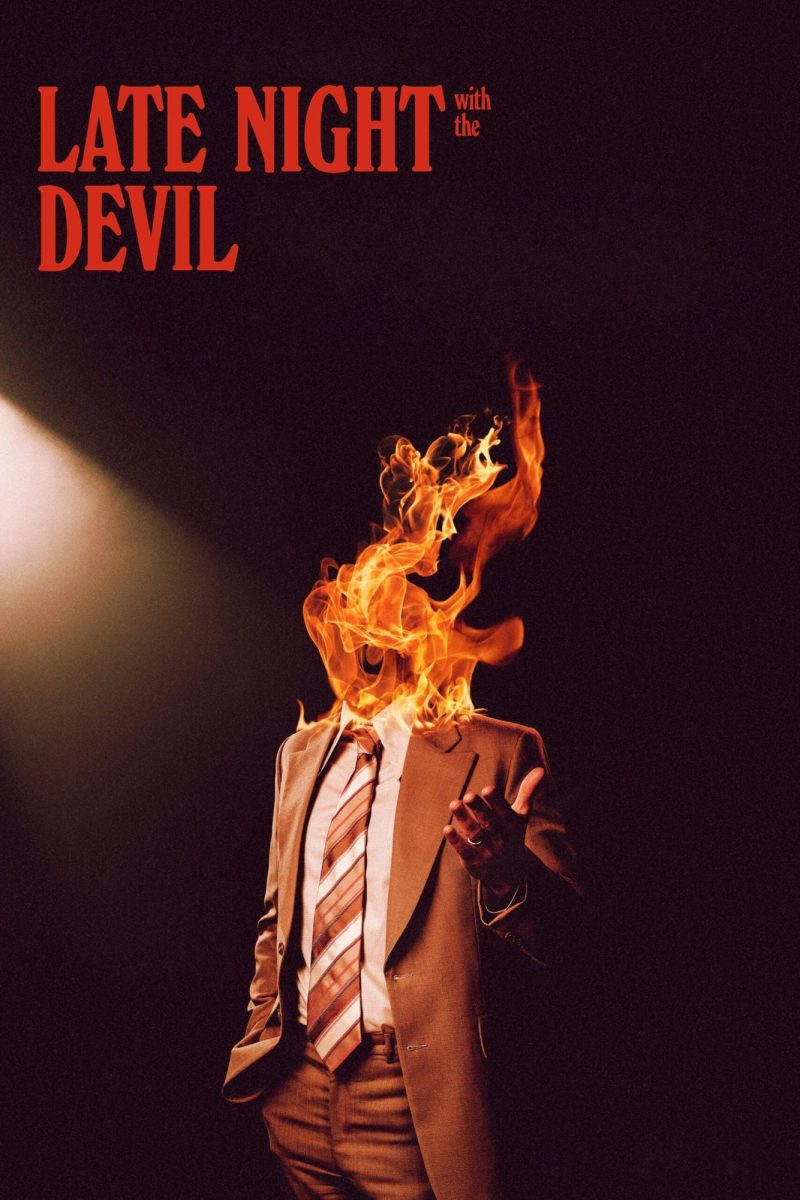

Timothy • Feb 16, 2024 at 3:39 pm
Incredibly insightful and beautiful analysis. I will definitely be watching this movie!